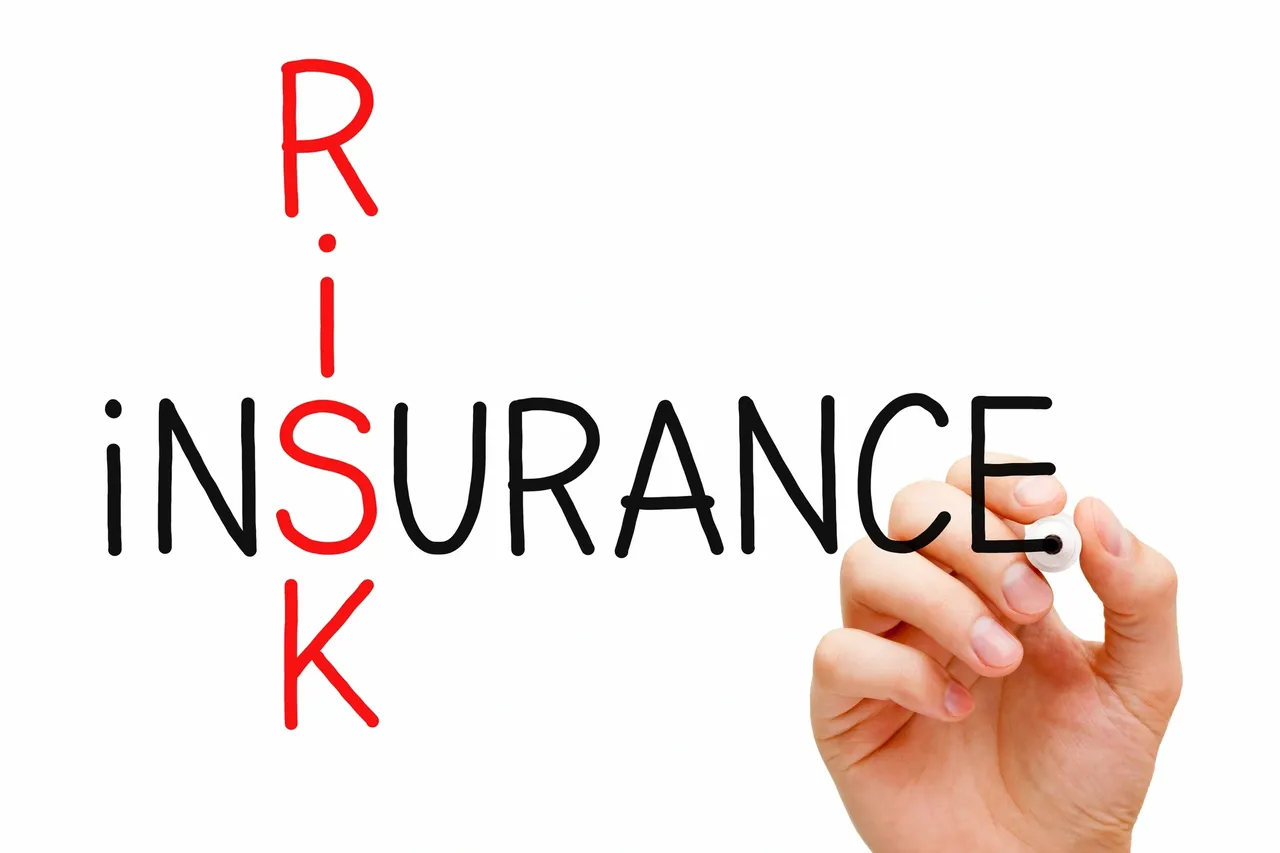In Florida, hurricanes are expensive. That reality is well understood, as almost every year now, a major storm causes multiple millions of dollars (or even billions) in damages across the Sunshine State. And housing markets have adapted—successfully, it would seem, as the state continues to attract new residents from all over the world.
But with affordability a growing concern, another potentially much more serious problem has emerged that could pose an existential threat to the Florida real estate market—a problem that is also emerging in other states.
Last month, another major provider of homeowner’s insurance, Farmers, announced that it would no longer be writing new policies in Florida, joining several companies that have pulled out of the state as climate-driven disasters, lawsuits and other policy decisions make insurance a bad bet for underwriters.
“With interest rates up, that’s one of the challenges just from an affordability perspective,” says Cyndee Haydon, an agent in the Tampa region and chair of the National Association of REALTORS®’ Insurance Committee. “Because for a long time we’ve talked about affordable housing, but what people haven’t really spent much of the conversation on is…(insurance) renewal rates are 25%, 50%, 100%. And so that’s where people are struggling.”
In Florida, the problem is a deeply complex one that is about more than just storms, Haydon says. Lawsuits are a large part of that—according to the Insurance Information Institute, which represents the industry, the state is home to 79% of all homeowner insurance lawsuits.
A bill signed by Governor Ron DeSantis this past spring puts limits on litigation, with supporters saying the new legislation will protect insurance companies from frivolous or fraudulent lawsuits, with critics pointing out that homeowners will now have a much harder time suing if their provider fails to cover legitimate claims.
No matter which way you look at it, though, the insurance industry in Florida is facing a crisis—and Haydon says other states are already beginning to experience something similar.
“You look at Louisiana now, I hear California—and I want to say maybe Texas—but I want to say Louisiana and California for sure…there’s these conflicting purposes,” she says. “On the one hand people say, ‘Well I don’t wanna pay more,’ and on the other hand, the insurance companies are saying, ‘I don’t want to lose a billion dollars every year.’ So there’s a little bit of an impasse.”
‘More than storms’
On a straightforward, fundamental level, homeowners insurance costs are increasing because it is getting more expensive to repair or rebuild homes. Labor, materials and all the elements required for an insurance company to fulfill a claim has risen significantly in the last two years.
But the frequency and severity of natural disasters has also increased significantly. While Haydon emphasizes that insurance companies are capable in the long term of modeling for these events, in the short term, big storms are driving up reinsurance costs and straining the bottom line for big insurers, pushing companies like Farmers to pull out of some states.
“I heard someone say the other day that for every $100 their insurance company was taking in, they were paying out $166,” Haydon says.
Trey Goldman, legislative counsel for Florida REALTORS® (the state’s REALTOR® association) said in a statement that he expects that “over time,” the recent bill limiting insurance lawsuits will help.
“In Florida, weather will always be a concern. But insurers can model for storms. They can’t model for litigation, and last year’s legislation will help address this issue,” Goldman explained. “We should see insurance availability—and later, affordability—improve.”
But there are many other factors that are putting the squeeze on insurance companies as well as consumers. Reinsurance companies—who insure the insurers—have already raised their premiums, and those increased costs are being passed onto consumers.
A person familiar with the Florida insurance market, who asked to remain anonymous in order to speak candidly, says they are hearing that people have been forced to leave the state entirely due to insurance costs. The person adds that even the restrictions of litigation won’t immediately bring costs down—and there is a chance the law is overturned in court, as lawyers who previously made their living on insurance lawsuits sue to block it.
From the perspective of an agent, there isn’t a lot you can immediately do in the average transaction, according to Haydon. In California, some agents find creative ways to get expensive or high-risk properties insured, sometimes even finding multiple companies to insure one property. It was not clear if that was common practice in Florida, with Haydon saying that the most an agent or broker could do was seek out resilient upgrades that would bring the premium down.
“What we used to be able to do that would have an impact was, if a home had a newer roof, it seemed to take a thousand dollars off the insurance cost,” she says.
As private companies have walked away from the risk, though, Florida taxpayers have ended up on the hook through a state-backed “insurer of last resort”—a scenario playing out in other states.
In Florida, that insurer is called Citizens, and it has taken on 50% more policies just in the last year, backing 1.4 million homeowners, according to Haydon.
“There’s this question really of is insurance a personal responsibility, or do we look at it as a societal social program?” she asks. “In Florida, where we’ve done so much work with hometown heroes to get people in affordable housing and get in their first home—how do you keep ’em in the home after they get their first (insurance) renewal?”
The true cost
Citizens, as well as similar programs in other states, are cheaper and intended for properties that the private market won’t touch. Haydon says that nearly 40% of policies through Citizens are on a “managed rate increase” program, where costs only rise a fixed percentage per year–a maximum of 12% in 2023. That means taxpayers are subsidizing more and more of the cost to ensure homeowners.
With the chance of another billion-dollar hurricane every year, Haydon says the state needs to prepare for what insurance markets (and storms) of the future will look like.
“It’s a question that the administration has asked and that other people are asking is—we’ve tended to look historically. But if we model forward, are we not asking questions that would make sure that we are really prepared to cover the risk going forward?” she asks.
Another major question with tremendous short- and long-term implications—flood insurance. Hurricane Ian last year resulted in somewhere near $4 billion in federal flood insurance claims, according to FEMA. Even more concerning, a large proportion of homes affected by the storm did not have any flood insurance.
Another recent law is mandating flood insurance for homes covered by Citizens’ policies—even those without mortgages, according to Haydon. That will reduce costly litigation between insurance companies and homeowners even further, she says, but also increases the cost of homeownership in many areas.
Haydon says that whatever happens in Florida is going to be closely watched by other states—and the Federal government.
“Do we look a year or two out, and government-backed mortgages all have to have flood insurance, just like homeowners?” she wonders. “We have a model here that actually is going to give us some good insights that we don’t have yet.”
Haydon uses Houston as an example outside of the state, far from coastal or river areas. Hurricane Harvey in 2017 caused over $100 billion in damages, largely centered on the city, where very few people had flood insurance.
“Those people aren’t covered, but they think, ‘Well, I’m not in a flood zone, so I don’t need to be covered, and the mortgage doesn’t require it,’” Haydon says. “I think that’s something we’ll all have to consider as we’re looking at it, because (flooding) is truly the biggest expense, and it’s the biggest exposure.”
The person familiar with Florida insurance markets says there is some good news. Private companies are actually taking thousands of policies out of Citizens (76,000 last quarter), meaning not every property covered there is a bad risk. And the person added that they are optimistic that the state can further “depopulate” Citizens and begin removing some of the burden from taxpayers.
Haydon says that Florida, as one of the most storm-battered and flood-prone places in the country, will have to lead the way on policies that can protect homeowners and housing markets, potentially still requiring risk to be subsidized or shared.
“The story that we don’t have yet, the story to watch is—Florida may be a model for the country in the most fair and equitable way to address climate financial risk,” she says. “I mean, one of the largest states in the country just basically mandated that everyone has to have flood (insurance). And the fact that they’ve done it, I would expect other insurers in Florida to do the same.”








